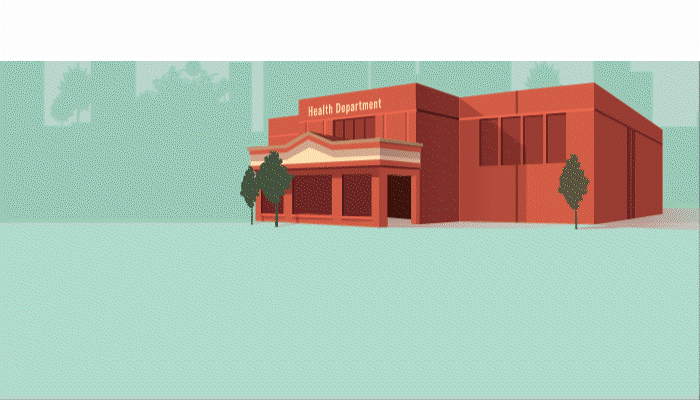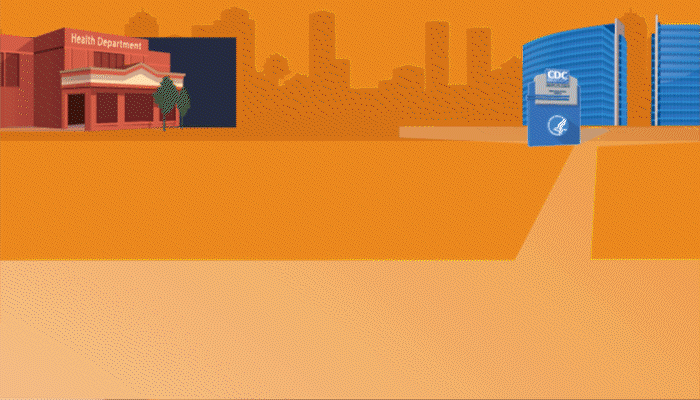At a glance
- SET-NET aims to understand the effects of emerging and reemerging threats on pregnant women and their infants.
- CDC works with health departments to collect information about women exposed to a health threat during pregnancy and their infants over time.
- These data are then used to inform clinical decision-making and public health action.

Overview
Through SET-NET, CDC, health departments, and healthcare providers track emerging health threats to protect mothers and babies.

Data for action
SET-NET findings help inform prevention and treatment guidance for pregnant women and their infants as well as for the providers who care for them. SET-NET is a preparedness network that is ready to be adapted for the next threat to mothers and babies. SET-NET aims to ensure that the needs of pregnant women and their infants are met during a public health emergency.

Steps we take
Data collection
We collect information on a standard set of variables, called general variables, for all health threats being studied. Collecting information on these variables helps us describe characteristics that might increase the risk for poor health outcomes related to infections. Examples include the following:
- Age
- Race and ethnicity
- Health conditions before pregnancy (e.g., diabetes)
- Alcohol and tobacco use
- Pregnancy complications (e.g., gestational diabetes)
- Infant sex, height, weight, and head circumference
- Infant physical exam findings
- Birth defects
In addition to general variables, we collect information specific to certain exposures. We call these modular variables. For example, there are laboratory results collected for syphilis that are not collected for the other infections.
Structuring SET-NET this way allows for consistency across general information as well as flexibility to adapt to new exposures.
Data sources
SET-NET uses only existing data and does not require additional data collection. SET-NET collects data from existing health records. Example sources include nationally notifiable case report forms, birth and death records, laboratory test results, and medical records.
To learn about effects on children, SET-NET collects data from pediatric well child visits. The length of time that a baby is followed varies by exposure.
Methodology
Participation
Health departments
The success of SET-NET depends on the collaboration of state, tribal, local, and territorial health departments.
These health departments participate in the following ways:
- Identifying pregnant women with an infection during pregnancy and their babies
- Collecting, analyzing, and reporting information about them
- Working with CDC to determine the best methods for collecting and sharing data
Doctors and nurses
Healthcare providers participate by reporting medical information of pregnant women and infants to their health department.
Partner organizations
CDC works with public health, clinical, and community-based organizations to
- Integrate maternal and child health programs into preparedness activities to address emerging threats
- Collaborate on public health and clinical guidelines
- Coordinate communication and outreach to clinicians, health departments, and families
Examples of these partners include
- American Academy of Pediatrics (AAP)
- American College of Obstetricians and Gynecologists (ACOG)
- Association of Maternal & Child Health Programs (AMCHP)
- Association of State and Territorial Health Officials (ASTHO)
- Council for State and Territorial Epidemiologists (CSTE)
- March of Dimes
- National Association of County and City Health Officials (NACCHO)
Protection of medical information
CDC takes the protection of confidential and sensitive information very seriously. CDC follows strict standards to protect the privacy of people whose health information we collect. Information is collected in a way that ensures it is safeguarded against unauthorized disclosure. CDC will not release any data that could be used to identify someone.
CDC requests the collection of clinical information in identifiable form as a public health authority. As defined in the Health Insurance Portability and Accountability Act (HIPAA) and the Standards for Privacy of Individually Identifiable Health Information regulations ("Privacy Rule"), healthcare providers may disclose protected health information without patient authorization to a public health authority if the purpose is preventing or controlling disease.
An additional safeguard is that the medical information in SET-NET is protected by an Assurance of Confidentiality. CDC has determined that SET-NET is nonresearch public health surveillance.
